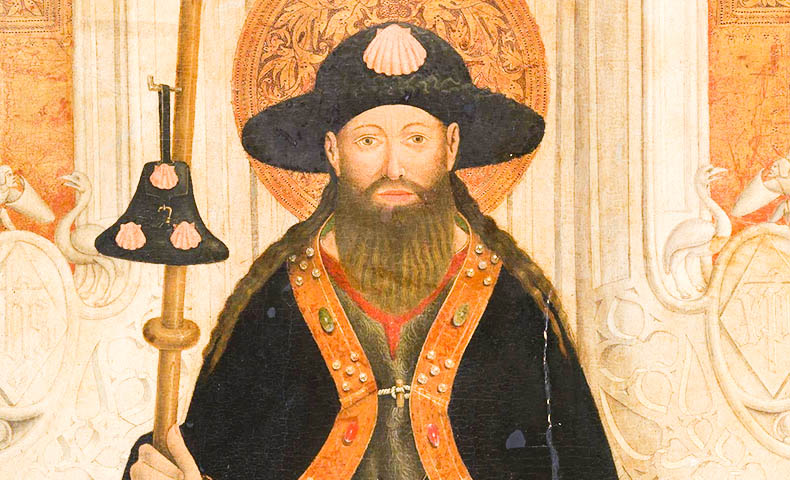MUSING ABOUT CLIMAXES
Today I discovered that I am climax oriented. No, it’s not what you think.
I came to this discovery while driving to work, listening to my latest book on tape, Anne Lamott’s Bird by Bird. It is yet another treatise on writing, idiosyncratic, highly personal, different than the others. Lamott’s advice, delivered in a format she considers more entertaining, is sugar coated and often too cute for my taste. Her writing psychology is different than mine.
Somewhere in the middle of her treatise she issued an edict on climaxes that caught me by surprise. She said climaxes should arise from the story and characters, not contrived or suited for the plot. I agreed with her latter point, but her first one rang unfamiliar.
A word about climaxes. In short stories there has to be a dramatic focal point, usually toward the end, in which an epiphany, a major revelation, an unexpected plot twist surprises not only the main characters but, more importantly, the reader. It leads to a change in the characters, the ultimate aim of any story.
Take O’Henry’s much celebrated story The Gift of the Magi as an example. In it we find two protagonists, a couple in love, who secretly buy each other the ultimate Christmas gift. They are poor. Each has one valued possession, For Delta, the woman, it is her long flowing hair; for James, his gold wrist watch. Delta sacrifices her hair to buy him a platinum chain for his watch, while James sells his watch to buy her “The Combs”, expensive hair products. The climax of the story is when they discover each other’s well intentioned gifts, now useless. But all is well because, after all, it was in the name of love, and what ultimate gift is there than that?
As I prepare to publish my own seventeen short stories, Anne Lamott’s comment about climaxes prompted a quick scan of my anthology in search of how I conceived them. In contrast to Lamott, more than two thirds of my stories began with a well thought out climax around which I built a story. This was especially true for my more fictional, non-biographic stories. For instance in Appassionata I imagined a woman having sex with a man in a climactic scene, while she was also making virtual love to her lover’s friend, a pianist next door, playing a piece of music she adores. I created a complex story with imaginary characters in a setting that I knew (I had visited the Italian town where it occurs) to fit this climax.
On The Night Bus to Fethiye, is a story with multiple climaxes. It features a mystery, that of a dead cat in the cargo hold of a Turkish bus, that is revealed in the main climax, the one that inspired the story. However, as I set up this climax, after creating many imaginary characters and two parallel plot lines, I ended up with a quirky love story with its own sputtering climaxes. Fethiye turned out a hybrid.
I have a few in which the climax emerges from the plot and characters as suggested by Lamott. For instance, my first Jarvis story – of the Jarvis trilogy – presents an irreverent intern in an academic plastic surgery service, recounting bizarre ailments and surgeries, each more shocking than the other. As I wrote the story I realized I needed a yet more over the top climax. I came up with one. Those who read it, laypeople, reacted to this story by telling me that they would never want to have surgery again. It was a good climax.
So what do we make of all this?
For starters, all writing advice should be taken with a grain of salt, for every writer has his or her own way. Second, it doesn’t matter how you reach a climax as long as it’s good and it works. Therein lies a universal principle that should be observed in writing and elsewhere.










